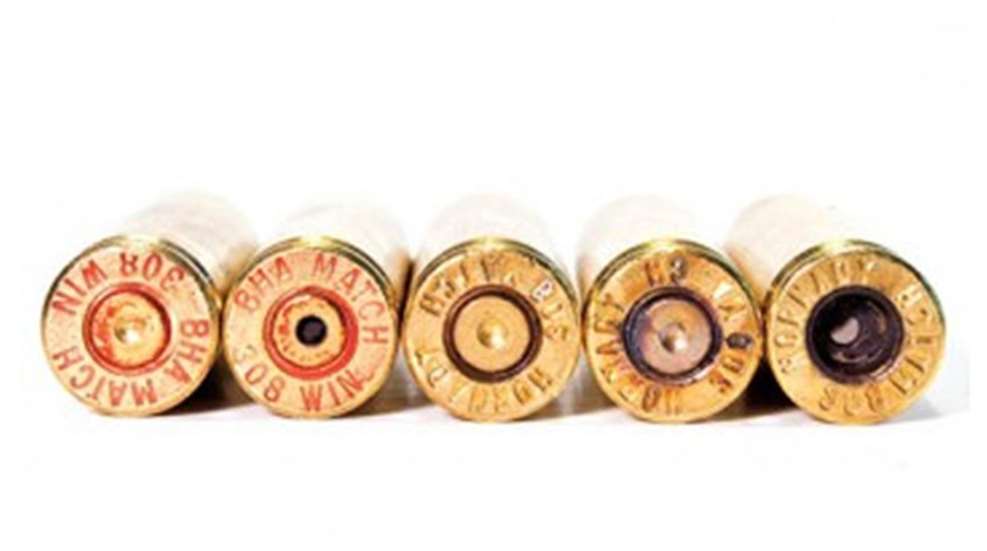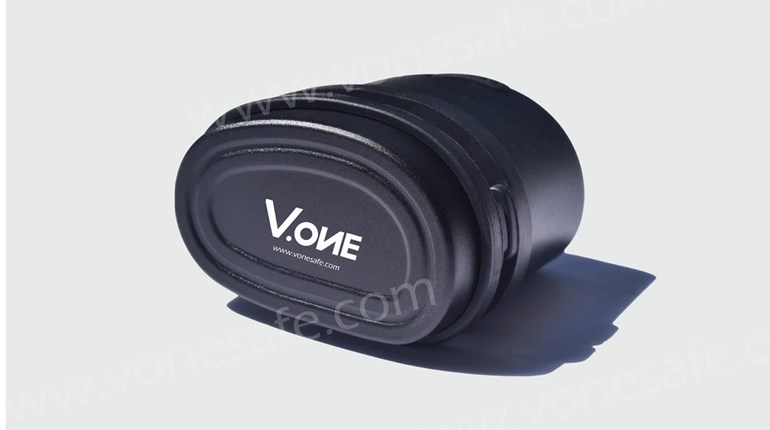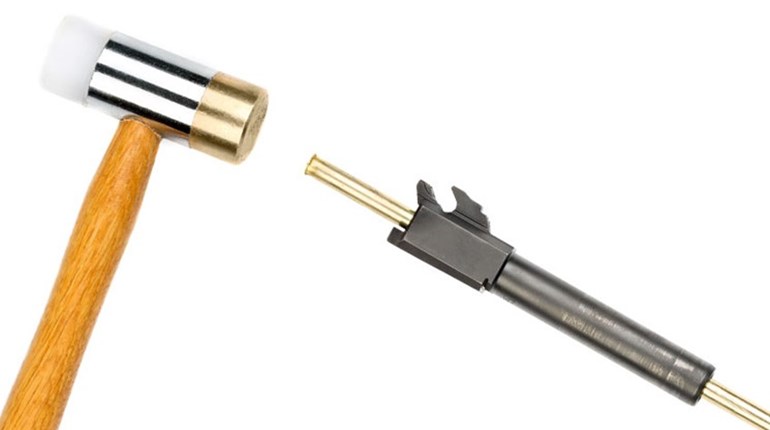
In a previous article, we talked about cartridge pressure, and what it means to you. Another possible source of confusion relating to ammunition is the existence of interchangeable calibers. In this article, we'll clear up what that means...and what it means to you.
Cartridge designations are normally highly specific and individual—that is, each designation will usually refer to a single cartridge having unique dimensions and/or ballistics. There are, however, occasions when this is not the case.
The most innocuous example arises when ammunition manufacturers use two or more different names to refer to the exact same cartridge. This actually arises fairly frequently with cartridges that are sold or manufactured in both the United States and Europe. For one thing, in America bore and bullet diameters are usually listed in decimals of an inch. Most European nations, however, use the metric system, in which the same dimensions are given in millimeters. Thus, in Europe the .25 ACP is known as the 6.35mm Browning. Furthermore, current European practice is to designate cartridges using the bore diameter in millimeters, plus the case length in millimeters. This system transforms the .308 Winchester to the 7.62X51mm.
Cartridges that have been adopted or manufactured by many different nations over a lengthy period may also pick up a variety of designations. Probably the classic example of this is the 9mm Para, which is or has been also known as the 9mm Luger, 9mm Parabellum and 9X19mm.
Occasionally, a manufacturer will introduce a cartridge under one name, and then subsequently change that name (often for marketing reasons). In 1957, Remington introduced the .280 Remington, essentially the .30-'06 necked down to take a .284-inch-diameter bullet. For various reasons, the new round did not sell as well as its originators had hoped, and in 1979 the company renamed it the 7mm Express Remington. Although the "new" round was accompanied by some changes in factory loadings, its dimensions were identical to those of the original .280 Remington, and pressure levels increased only slightly from 50,000 copper units of pressure (c.u.p.) to 50,900 c.u.p., which was done for better performance.
Eventually, because of confusion between the 7mm Express Remington and the 7mm Remington Magnum, the cartridge reverted to its original .280 Remington designation. Thus both of these cartridges (as well as the rifles chambered for them) are completely interchangeable.
Other examples of different names for the exact same cartridge include the .244 Rem. and 6mm Rem., .25-20 Win. and .25 WCF, .250 Savage and .250/3000 Savage, .32-20 Win. and .32 WCF, and .44-40 Win. and .44 WCF. Many other cartridges have two or more names.
Less innocuous are those instances in which two cartridges have identical dimensions but markedly different pressure levels, which can permit a higher-pressure cartridge to be chambered in a firearm designed for lower pressure levels. Among handgun cartridges, for instance, the .38 Auto (or .38 ACP) and .38 Super Auto are the exact same length, and have the same diameter at the mouth, head and rim. However, while the .38 Auto was originally loaded to a pressure of about 23,000 c.u.p., the .38 Super Auto (which replaced it in 1929) was loaded to a pressure of around 33,000 c.u.p.—some 44 percent higher. This difference could create a problem when the powerful .38 Super Auto, designed for the strong M1911 pistol, is fired in the weaker Colt Model 1900, Model 1902 and Model 1903 pistols chambered for the lower-pressure .38 ACP.
A more modern example of this involves the .45 ACP and the .45 Super. Both have the same dimensions, but the latter cartridge is loaded to considerably higher pressures (yielding more impressive ballistics) than the .45 ACP.
Finally, there are a few cartridges that come in two versions having different bullet diameters; this results in guns with varying bore dimensions being chambered for the same nominal cartridge. The prime example of this is probably the 8mm Mauser (8X57mm) which, for historical reasons, exists in two versions: the 8x57J, with a .318-inch-diameter bullet, and the 8x57JS, with a .323-inch-diameter projectile. Firing an 8x57JS cartridge in a barrel dimensioned for the smaller projectile of the 8x57J could result in dangerously excessive pressures.
It is also worth noting that some variation (on a smaller scale) may occur in custom barrels, as competitive shooters sometimes specify slightly tighter land and groove diameters. Excessive pressures may result when maximum loads developed in a standard-dimension barrel are fired in such a "tight bore" barrel. With any barrel of unknown origin, especially on a target arm, a cast of the chamber and part of the barrel should be performed to ascertain the exact bore measurements.






































